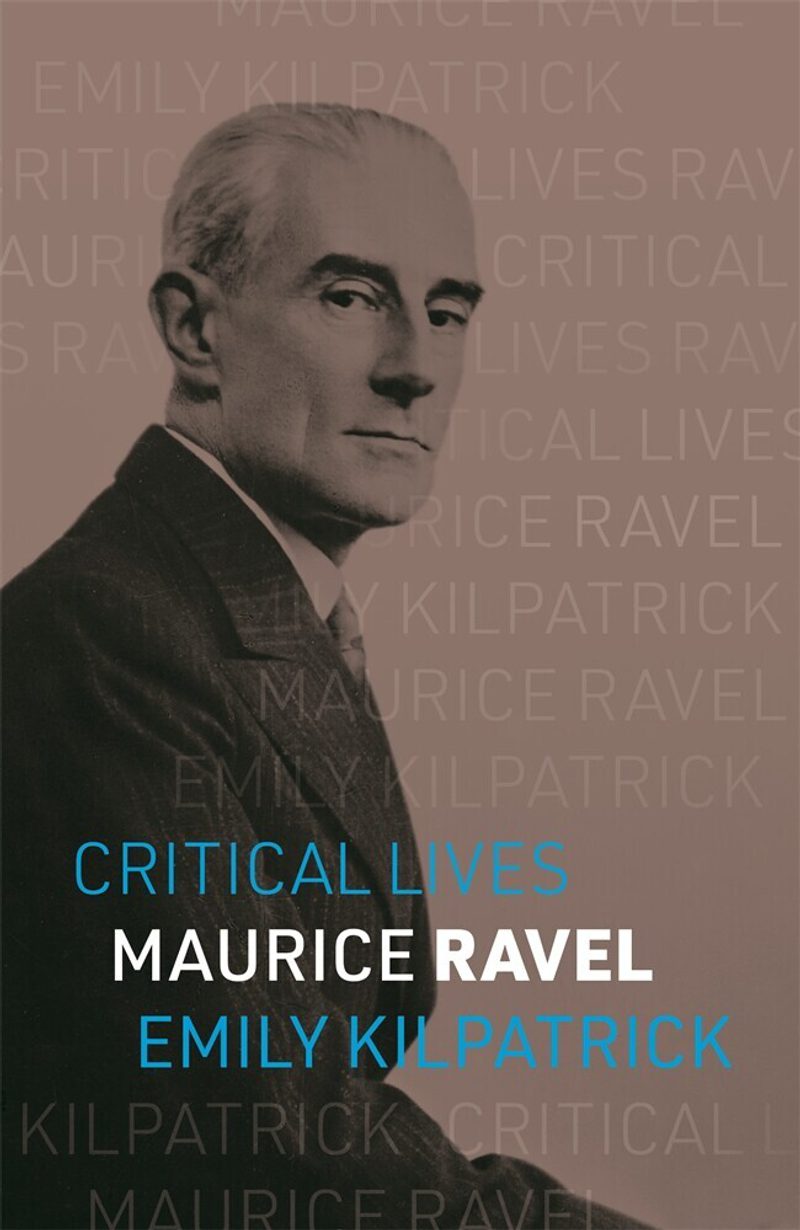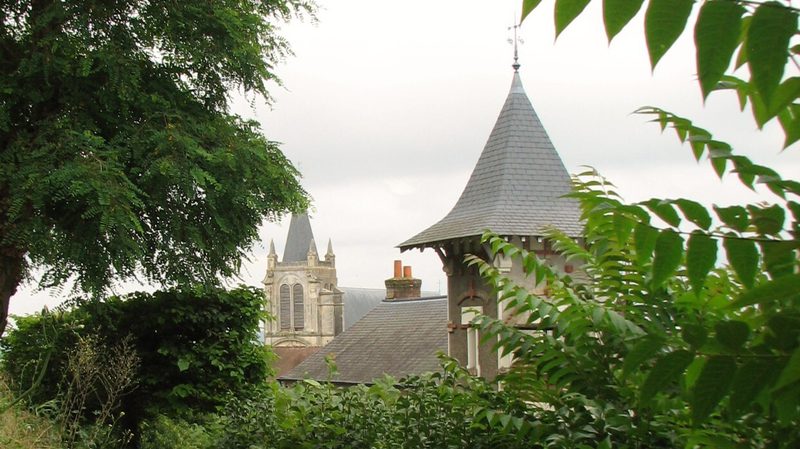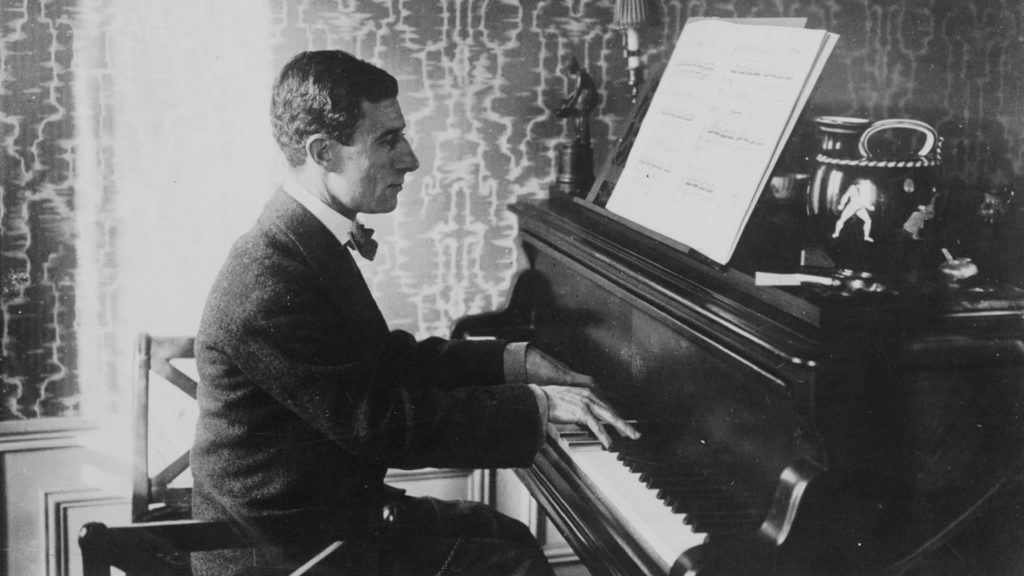
Published by Reaktion Books to mark the 150th anniversary of Ravel’s birth, this concise and richly illustrated study builds on Kilpatrick’s previous monographs on French music of the late 19th and early 20th centuries, The Operas of Maurice Ravel (Cambridge University Press, 2015) and French Art Song: History of a New Music, 1870-1914 (Boydell & Brewer, 2022).
This timely new biography of Maurice Ravel surveys a career forged across four decades of profound cultural and political transformation. From Ravel’s musical apprenticeship in turn-of-the-century Paris, his battles with the establishment and his struggles to kick-start the compositional ‘machine’, it traces the traumas and losses of the First World War, his grappling with celebrity in the 1920s, and the tragic incapacitation of his final years.
It offers a portrait of the composer as student and teacher, as outrageous provocateur and elder statesman, as critic and philosopher, and as collaborator, colleague and friend. It tells the story of a fascinating mind in a turbulent age, and of a music that remains at the heart of the performing repertory, delighting and challenging audiences now as it did in Ravel’s lifetime.
Few composers are so entangled in aphorisms, tropes and contradictions as Ravel: the dandy, the ‘Swiss watchmaker’, the illusionist, the puppet-master. Few composers, moreover, have been so regularly conflated with their own output, although few have striven so consistently to draw the lines between self and work. ‘Since we cannot express ourselves without exploiting and thus transforming our emotions’, Ravel once mused, ‘would it not be better at least to be fully aware, and to acknowledge that art is the supreme imposture? What is sometimes called my lack of sensibility is simply a scruple not to write just anything.’
One of the great challenges of writing Ravel’s biography was how best to tease open these spaces between the composer and his art. Long fascinated by Ravel’s use of language, and his deep engagement with literature and poetry, I drew extensively on his letters and other writings to illuminate his creative practice through the prism of his daily life. His blunt, funny, incisive voice thus emerges not just in reflections on the compositional process, but in his accounts of household pets, vacuum cleaners, missed trains and intrusive journalists.

This quotidian voice spoke to me in a uniquely personal way. Twenty years ago, I was fortunate to spend a summer working at Le Belvédère in Montfort-l’Amaury, Ravel’s home from 1921 until his death (now the Musée Maurice Ravel). My boss and companion that summer was the marvellous Claude Moreau (1930–2024), the museum’s longtime curator and a passionate ravélienne. Every morning, unlocking the doors of Le Belvédère, Claude would call out ‘Salut, petit Maurice!’ (‘we have to let him know we’re here’, she’d add). That experience (which I reflected on here) was the transformative beginning of my research practice, so when I was offered the opportunity to write Ravel’s biography, it felt like a homecoming. I hope, therefore, that the book might bring something of Ravel alive for its readers, as Claude brought him to life for me.
Emily Kilpatrick is Postgraduate Tutor of Strings and Lecturer in Academic Studies.
Find out more
Image credits:
Maurice Ravel at the piano in his apartment, 1914.
Credit: Gallica.bnf.fr / Bibliothèque Nationale de France
Maurice Ravel by Emily Kilpatrick
Credit: Reaktion Books
Le Belvédère, Montfort-l’Amaury (Musée Maurice Ravel)
Credit: Emily Kilpatrick
